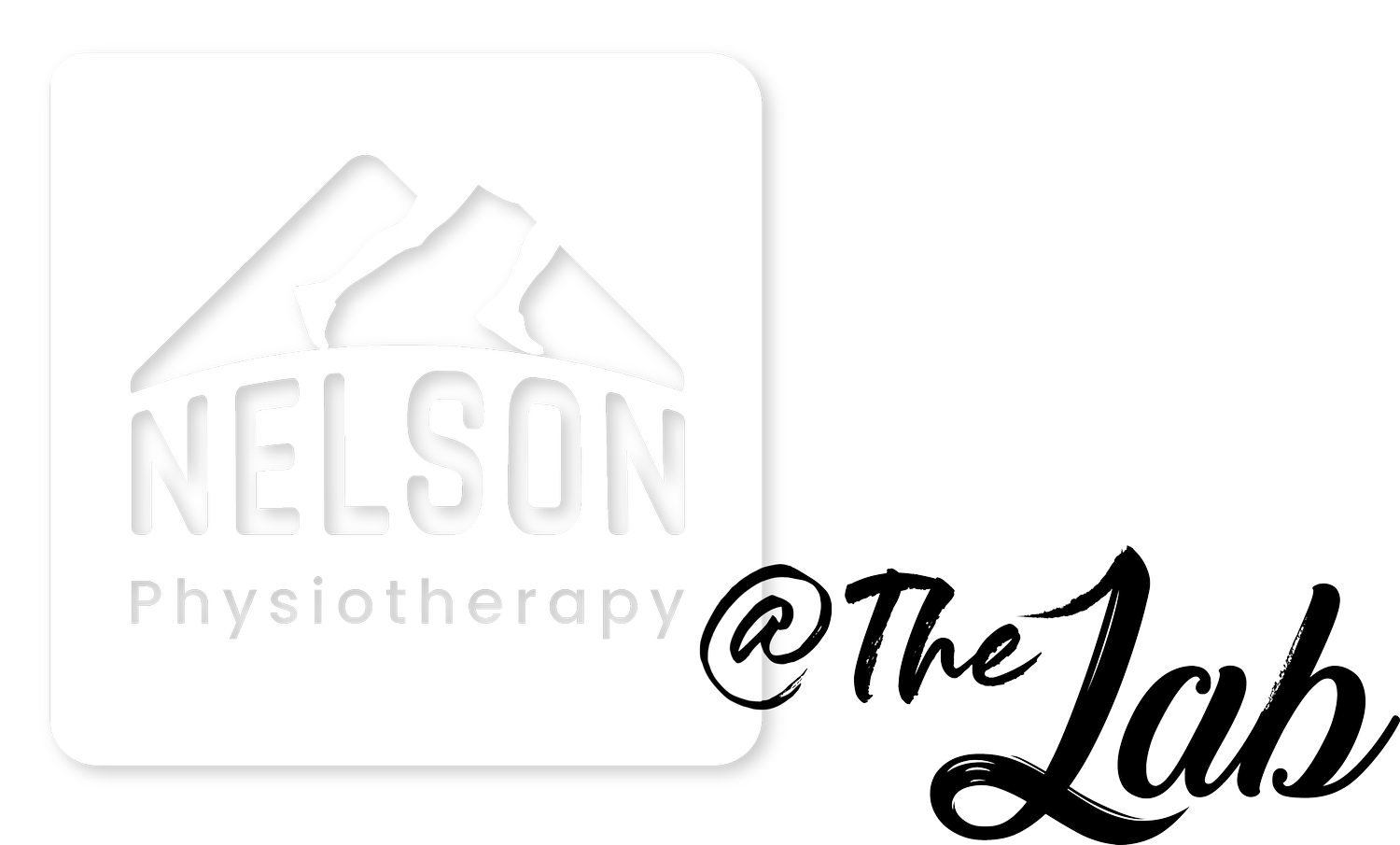Dry Needling: what you should know
Firstly, dry needling may be referred to as Intramuscular Stimulation (IMS), Functional Dry Needling (FDN) and Trigger Point Dry Needling (TPN), all of which use the same non-hollow (no substance injected) needle as is used in acupuncture, to target and have an effect on both the tissue at the insertion site, as well as, the nervous system.
In a nutshell the nervous system is like a control center where input to the brain and spinal cord (from our joints, muscles, skin etc.) influences output to our muscles in a constant feedback loop.
Dry needling may aim to have one or more of the following effects at insertion sites:
Restore the resting state and ability of your muscle to respond and act (contract) on commands from your nervous system. These muscle fibers are typically selected based on weakness, hypersensitivity/ tenderness, decreased range of motion or the presence of a “knot” or “trigger point”.
Evidence supports that needling muscles and tissues within a shared circuitry (activation pathway from the brain) can have remote effects on other muscles/tissues within that circuitry.
In tendinopathies, needling the affected tendon(s) has been shown to promote healing through increased blood flow and tissue (collagen) regeneration.
Needling is often used to facilitate scar tissue re-organization and help restore tissue mobility.
Below are some clinical examples of when dry needling might be used as a component of treatment:
Sprains: All ligament sprains require an initial period of rest or immobilization to allow healing. This period can lead to muscle atrophy and weakness. As we begin to restore movement and exercise, our bodies find clever ways to compensate for weak muscles, by over-using other movement strategies. Muscles responsible for driving these cheat strategies often become tired and sore from performing various roles in addition to their own. The weak, recovering muscles also become tired and sore from working beyond their capacity. In both cases, muscle fibers can lose sight of how to contract and relax in normal cycles. Dry needling might be used to restore this sense of “normal” in both the recoverees and the compensators, creating a window of opportunity for corrective exercise training.
Nerve/nervous tissue injuries (ie. disc, nerve root compromise, carpal tunnel syndrome): Nerves not only take forever to regenerate, but when compromised (stretched, squished, severed etc.) we may develop pain, dysfunction, muscular guarding at the site of injury, as well as, along that nerve’s activation pathway (think electrical circuitry). Needling may be used to help relax, reset, and/or reactivate affected muscles to alleviate pain and facilitate rehabilitation.
Chronic neck and back pain: Repetitive, unbalanced movement patterns or prolonged positioning often leads to “tightness” of some joints and muscles, in conjunction with “looseness” at adjacent joints and muscles. Loose muscles are weak muscles that become tired and sore (and often feel tight) from working beyond their capacity. Tight (short) muscles act like added resistance that the weak muscles have to overcome in order to perform their role. Dry needling might be used on both to restore normal muscular resting states, such that they both have a greater capacity to respond and adapt to corrective exercises.
Overtraining/overuse: Athletes, weekend warriors, exercise addicts! Too much of anything without adequate rest and cross training can also lead to muscular imbalances and associated dysfunctional muscle states. Needling (among other tools) can help athletes persist through important events where adequate rest isn’t possible, potentially preventing repetitive strain injuries.
Big Picture! If you are seeking long term solutions, dry needling can be a helpful adjunct to corrective exercise, but is not an effective stand alone treatment!
Note: Information provided in this blog is derived from a combination of my clinical experiences and biases and “Dry Needling: A Literature Review with Implications for Clinical Practice Guidelines” by Dunning et al., 2014.

